Greenhouse gases include water vapour, carbon dioxide, methane, nitrous oxide, ozone and some artificial chemicals such as chlorofluorocarbons (CFCs) The absorbed energy warms the atmosphere and the surface of the Earth This process maintains the Earth's temperature at around 33 degrees Celsius warmer than it would otherwise be, allowing life on Earth to exist Enhanced greenhouse effect ATom is a NASA EVS2 mission to study the impact of humanproduced air pollution on greenhouse gases and on chemically reactive gases in the atmosphere ATom deployed an extensive gas and aerosol payload on NASA's DC8 aircraft for systematic, globalscale sampling of the atmosphere, profiling continuously from 02 to 12 km altitude The 'greenhouse effect' is the warming of climate that results when the atmosphere traps heat radiating from Earth toward space Certain gases in the atmosphere resemble glass in a greenhouse, allowing sunlight to pass into the 'greenhouse,' but blocking Earth's heat from escaping into space The gases that contribute to the greenhouse effect

Questions And Answers Ozone Secretariat
Right amount of greenhouse gases in the atmosphere
Right amount of greenhouse gases in the atmosphere-8 rows Greenhouse gas Chemical formula Global Warming Potential, 100year time horizon AtmosphericCarbon dioxide concentrations have increased substantially since the beginning of the industrial era, rising from an annual average of 280 ppm in the late 1700s to 410 ppm in 19 (average of five sites in Figure 1)—a 46 percent increase Almost all of this increase is due to human activities 1



3
This imbalance between greenhouse gas emissions and the ability for natural processes to absorb those emissions has resulted in a continued increase in atmospheric concentrations of greenhouse gases Concentrations of CO2 in the atmosphere have increased by about 40% since the mid1800sCLIMATE CHANGE IMPACTS OPPORTUNITIES If we double the amount of greenhouse gases in the atmosphere we expect to get a change in climate Ocean acidification, as co2 rises in the atmosphere the ocean absorbs it With a rise in co2 the ocean becomes more acidic as it dissolved in the salt water and forms carbonic acid this is corrosive to the shells and skeletons of manyWhen it is less than zero, it has a cooling effect
NOAA's Annual Greenhouse Gas Index, which tracks the warming influence of longlived greenhouse gases, has increased by 41 percent from 1990 to 17, up 1 percent from 16 with most of that attributable to rising carbon dioxide levels, according to NOAA climate scientists The greenhouse gas index is based on precise measurements of gases in the atmosphere,Climate change impacts can be mitigated by reducing greenhouse gas emissions and by enhancing sinks that absorb greenhouse gases from the atmosphere In order to limit global warming to less than 15 °C with a high likelihood of success, global greenhouse gas emissions needs to be netzero by 50, or by 70 with a 2 °C target Methane, by contrast, is mostly removed from the atmosphere by chemical reaction, persisting for about 12 years Thus although methane is a potent greenhouse gas, its effect is relatively shortlived
The amount of greenhouse gases in the atmosphere in the future will depend on the choices people make For example, if we continue to depend on coal, oil, and natural gas for most of our energy, the amount of greenhouse gases in the atmosphere will continue to increaseThe ratio of water component of the greenhouse effect to the CO 2 component is about 159 to 1 This means that the water vapor content of the atmosphere has to only fall from 041 percent to 0407 to wipe out the greenhouse effect of all the CO 2 in the atmosphere Given this sensitivity to the water vapor content it is clear that we really do not know whether the greenhouse gas To reduce the amount of CO2 in the atmosphere and fight deforestation, it may be a good idea to plant trees or take part in tree planting campaigns Separate collection is a simple and effective way to face greenhouse gas emissions and to pollute less Reduce meat consumption and prefer a diet rich in vegetables




Removing Harmful Greenhouse Gases From The Air Using Energy From Plants Frontiers For Young Minds



Greenhouse Gases Climate Aware
Since measurements first started at Mauna Loa, Hawaii, atmospheric levels of CO 2 have risen from 315 ppm in 1958 to over 400 ppm today Concentrations are expected to stay above 400 ppm for many generations, because CO 2 can remain in the atmosphere for hundreds of years CO 2 is a longlived greenhouse gas responsible for roughly 65 percent of the total warming effect caused by greenhouse gasesThe amount of greenhouse gases that the UK produces is calculated annually by the Department for Energy and Climate Change (DECC) Researchers at the University of Bristol independently verify these estimates using atmospheric measurements, making the UK one of only three countries in the world that does so Greenhouse Gas Share of Global Greenhouse Gas Emissions Volume;



Component I A Personal Details Component I B Description Of Module Composition And Structure Of The Atmosphere Introducti
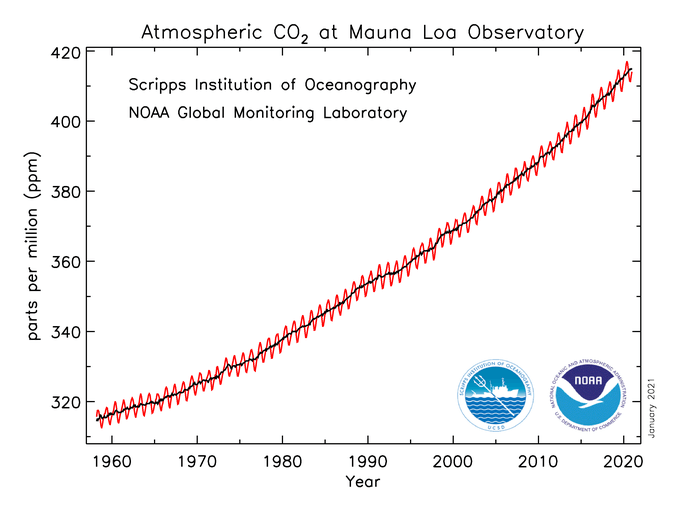



Main Greenhouse Gases Center For Climate And Energy Solutions
Wildfires emit more greenhouse gases than assumed in state climate targets A new study quantifying the amount of carbon stored and released through California forests and wildlands finds that wildfires and deforestation are contributing more than expected to the state's greenhouse gas emissions The 13 Rim Fire in California burned more As concerning as the growing amount of greenhouse gases is the increasing rate at which concentrations are rising In the first 0 years following the Industrial Revolution (), the concentration of carbon dioxide in the atmosphere increasedThe greenhouse effect is not a bad thing Without it, our planet would be too cold for life as we know it But if the amount of greenhouse gases in the atmosphere changes, the strength of the greenhouse effect changes too This is the cause of humanmade climate change by adding greenhouse gases to the atmosphere, we are trapping more heat
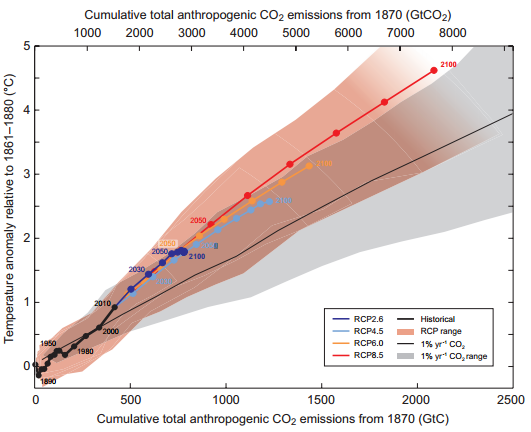



Questions Sur Le Rechauffement




Cradle To Grave Greenhouse Gas Emissions From Dams In The United States Of America Sciencedirect
Very roughly, each doubling of atmospheric carbon dioxide has the same effect on surface temperature Going from the level of carbon dioxide in the air before the industrial revolution, 280 parts per million by volume (280 ppm) to twice that, 560 ppm, andFluorinated Gases (HFCs, PFCs, SF 6) Fluorinated gases are emitted in smaller quantities than the other greenhouse gases, but what they lack in volume they can make up in potency and long lifespans in the atmosphere, ranging from 1270 years for HFCs to ,000 years for PFCs and about 3,0 years for SF6A molecule of a greenhouse gas has more of a warming influence when the gas is rarer;




Greenhouse Gases A Student S Guide To Global Climate Change Us Epa




Chart The Carbon Footprint Of The Food Supply Chain
Of the greenhouse gases released by anthropogenic activities, carbon dioxide has received much attention Measurements of carbon dioxide in air bubbles trapped in ice and the continuous measurement of carbon dioxide concentrations in air samples collected at Mauna Loa, Hawaii, since 1958 show that the atmospheric concentration of more than 400 ppmv is roughly 45 percentBut at the landfill, the food and yard waste that trash contains is decomposing and releasing methane, a greenhouse gas that's 28 times more potent than carbon dioxide Landfill gas also contributes to smog, worsening health problems like asthma Globally, trash released nearly 800 million metric tons (8 million tons) of CO2 equivalent inThe strength of this effect depends upon the atmosphere's temperature and the amount of greenhouse gases present in the atmosphere The primary greenhouse gases known are water vapor (H 2 O), carbon dioxide (CO 2 ), methane (CH 4 ), nitrous oxide (N 2 O), and ozone (O 3 )




What Is Nitrous Oxide And Why Is It A Climate Threat Inside Climate News



Main Sources Of Carbon Dioxide Emissions What S Your Impact
This chart shows the change in global greenhouse gas emissions over time Greenhouse gases are measured in 'carbon dioxideequivalents' (CO 2 e) Today, we collectively emit around 50 billion tonnes of CO 2 e each year This is more than 40% higher than emissions in 1990, which were around 35 billion tonnesSince the Industrial Revolution in the late 1700s and early 1800s, people have been releasing large quantities of greenhouse gases into the atmosphere That amount has skyrocketed in the past century Greenhouse gas emissions increased 70 percent between 1970 and 04 Emissions of carbon dioxide, the most important greenhouse gas, rose by about 80 percent during that time The amount of carbon dioxide in the atmosphere Figure indicatorannualgreenhousegasindex21 1 Radiative forcing (shown on the left vertical axis) is the change in the amount of solar radiation, or energy from the sun, that is trapped by the atmosphere and remains near Earth When radiative forcing is greater than zero, it has a warming effect;




Greenhouse Gas Definition Emissions Greenhouse Effect Britannica



Climate Science Investigations South Florida Energy The Driver Of Climate
1 Carbon Dioxide from Fossil Fuels and AgroForestry 76% 2 Methane 16% 3 Nitrous Oxide 6% 4 Fluorinated Gases 2% Burning the Forests Climate change is being caused by a combination of factors, but the most important is the increase of greenhouse gases in the atmosphere, and especially carbon dioxide Most of this extra carbon dioxide is being released by burning carbonrich fuels This is the same process that turns sugar into energy in our bodies, butGreenhouses gases are atmospheric gases such as carbon dioxide (CO 2), methane (CH 4), and water vapor (H 2 O) that absorb and reradiate heat, which warms the lower atmosphere and Earth's surfaceThis process of absorption and reradiation of heat is called the greenhouse effectAlthough greenhouse gases only make up a small percentage of the atmosphere, small changes in the amount



Production Of Methane And Ethylene From Plastic In The Environment



Greenhouse Gas Emissions Our World In Data
Carbon dioxide controls the amount of water vapor in the atmosphere and thus the size of the greenhouse effect Rising carbon dioxide concentrations are already causing the planet to heat up At the same time that greenhouse gases have been increasing, average global temperatures have risen 08 degrees Celsius (14 degrees Fahrenheit) since 10 Here is why If the atmosphere contains too much of these gases, the whole Earth becomes a hotter and hotter greenhouse The atmosphere holds onto too much of the heat at night instead of letting it escape into space Then, the next day, the Sun heats Earth's surface even more If the atmosphere works too well as a greenhouse, each day gets a Graph by NOAA Climategov based on data from NOAA ESRL According to the 19 AGGI report, the combined heating influence of the longlived, humanproduced greenhouse gases is 314 Watts for every square meter of Earth's surface Just over 80 percent of that is due to carbon dioxide (66%) and methane (16%)




Greenhouse Gas Emissions By Country And Sector Infographic News European Parliament




Greenhouse Effect 101 Nrdc
That sunlight creates warmth The big trick of a greenhouse is that it doesn't let that warmth escape That's exactly how greenhouse gases act They let sunlight pass through the atmosphere, but they prevent the heat that the sunlight brings from leaving the atmosphere Overall, greenhouse gases are a good thing Greenhouse gases are components of the atmosphere that contribute to the greenhouse effect Some greenhouse gases occur naturally in the atmosphere, while others result from human activities such Measurements of greenhouse gases (GHGs), whether performed in the atmosphere, or over terrestrial or marine ecosystems, have led to a fundamental understanding of the Earth System during the last century Nevertheless, we still do not fully understand global greenhouse gas cycling Up to date measurements of GHG are still rare (as observation



Q Tbn And9gcs3 Vn3xnwnq9ifctpyrsa2ofh2ymxfw2rxlcy7frr77uflqr Usqp Cau




Interactive What Is The Climate Impact Of Eating Meat And Dairy Carbon Brief
But the amount of greenhouse gases in the atmosphere has skyrocketed to detrimental levels in recent history Related Carbon dioxide soars to record breaking levels not seen in at least 800,000 years Volcanoes—both on land and under the ocean—release greenhouse gases, so periods of high volcanic activity tend to be warmer Since the Industrial Revolution of the late 1700s and early 1800s, people have been releasing larger quantities of greenhouse gases into the atmosphere That amount has skyrocketed in the past centuryAdding more greenhouse gases decreases the amount of infrared radiation energy leaving the atmosphere To get the energy back in balance, the surface of the Earth has to warm up, so that it will emit more infrared energy, some of which will leave the atmosphere and compensate for the effect of the added greenhouse gases
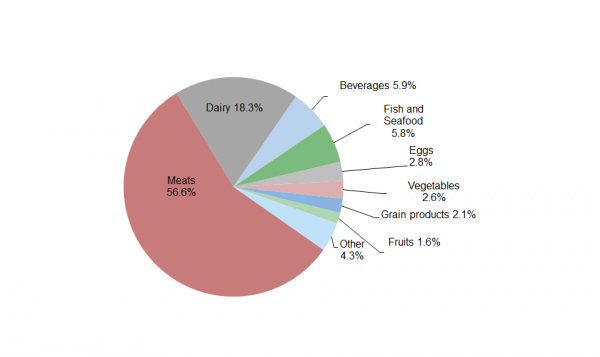



Carbon Footprint Factsheet Center For Sustainable Systems
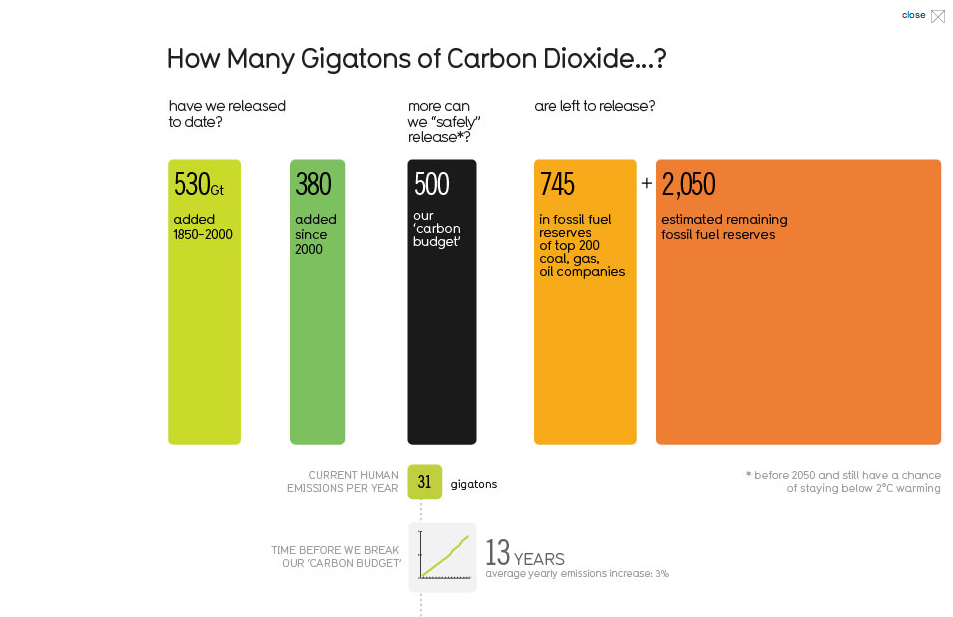



Doha Infographic Gets The Numbers Wrong Underestimates Human Emissions Carbon Brief
The quantity ax is called the optical depth The parameter a is the product of two terms The concentration of greenhouse gases can make the atmosphere essentially opaque in a particular band If the atmosphere absorbs 100 percent of the radiation in a band the absorption will not be increased when additional greenhouse gases are added




Climate Change Indicators Global Greenhouse Gas Emissions Us Epa



Greenhouse Gases




Reducing Greenhouse Emissions And Fuel Consumption Sustainable Approaches For Surface Transportation Sciencedirect



Q Tbn And9gcrevtfvebbghz5zkkbq1akjhfs4 Gwdrbwpqnmfiixo2oqlgyw8 Usqp Cau
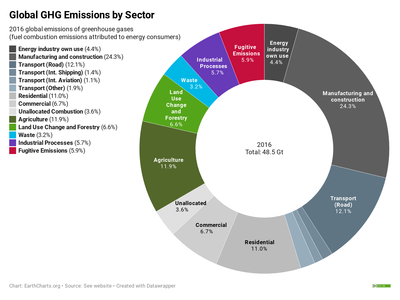



Greenhouse Gas Emissions Wikipedia




Carbon Intensive Industries The Industry Sectors That Emit The Most Carbon Eco Warrior Princess




Climate Change Atmospheric Carbon Dioxide Noaa Climate Gov



Greenhouse Gas Emissions Our World In Data



The Atmosphere Getting A Handle On Carbon Dioxide Climate Change Vital Signs Of The Planet
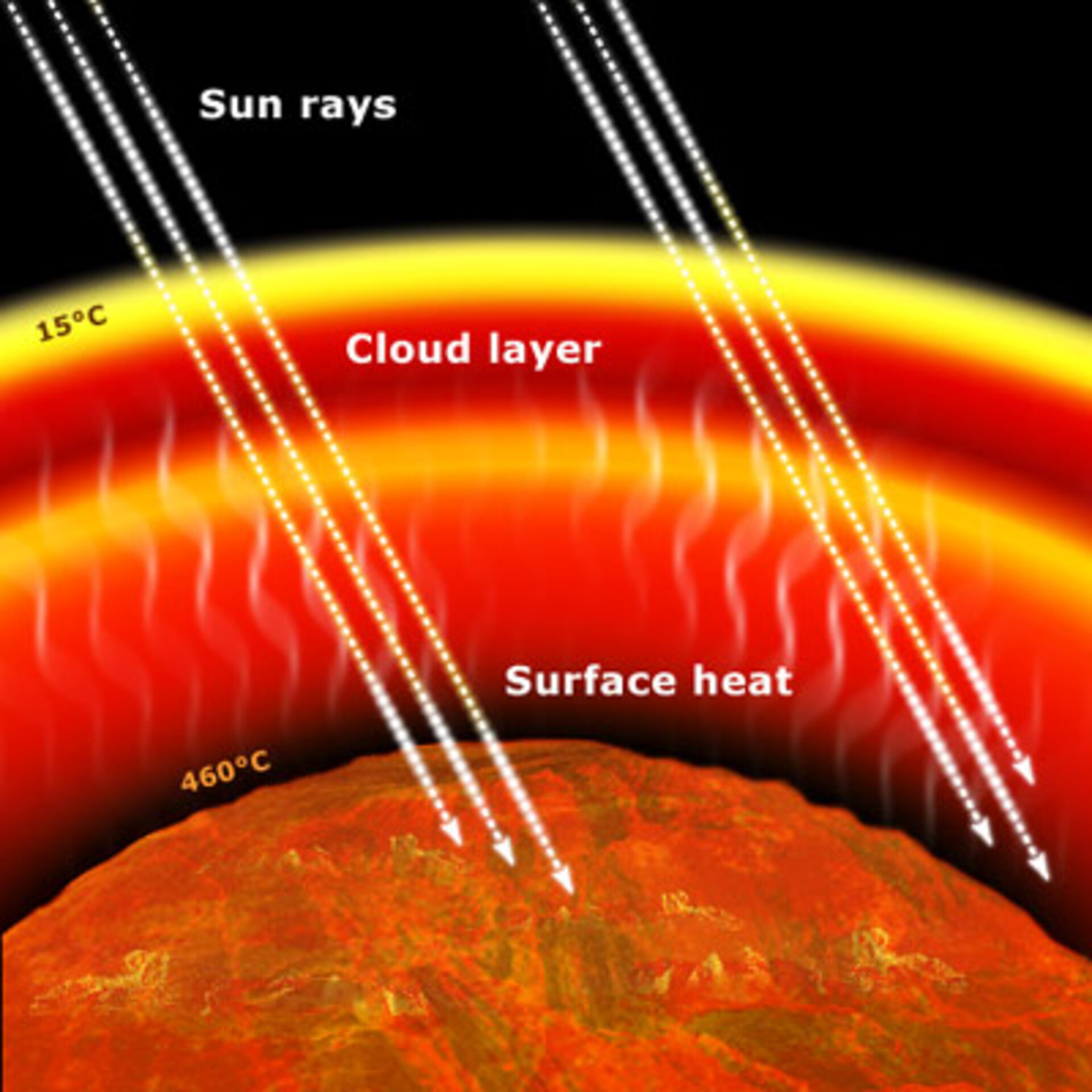



Esa Greenhouse Effects Also On Other Planets




Pork Production And Greenhouse Gas Emissions Pork Information Gateway




Too Much Of A Good Thing



Greenhouse Gases



Why Do We Need Greenhouse Gases In The Atmosphere Quora
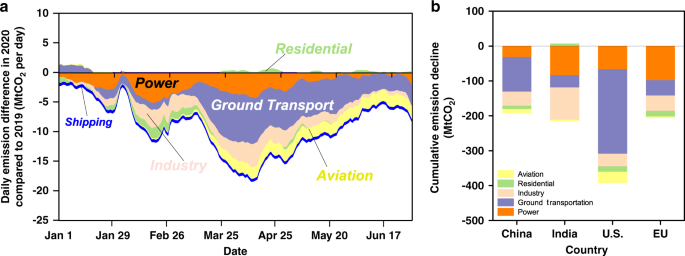



Near Real Time Monitoring Of Global Co2 Emissions Reveals The Effects Of The Covid 19 Pandemic Nature Communications



The Carbon Dioxide Greenhouse Effect




Greenhouse Gases Are Rapidly Changing The Atmosphere Climate Central
_1050_718_s_c1_c_c.jpg)



Carbon Dioxide Is Rising At Record Rates Climate Central




Livestock As Sources Of Greenhouse Gases And Its Significance To Climate Change Intechopen
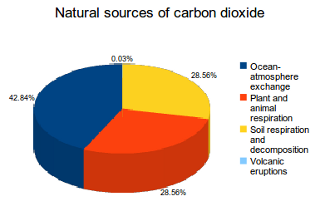



Main Sources Of Carbon Dioxide Emissions What S Your Impact



3




Overview Of Greenhouse Gases Us Epa




Greenhouse Gas Emissions Wikipedia




How Substances In Trace Amounts Can Cause Large Effects



Greenhouse Gas Emissions Our World In Data



Greenhouse Gas Emissions Our World In Data




Why China S Methane Spewing Farms Are A Hidden Climate Risk China Dialogue




The Greenhouse Gas No One S Talking About Nitrous Oxide On Farms Explained Civil Eats




Greenhouse Gas Emissions




Why Are Greenhouse Gases Considered To Be Good Quora
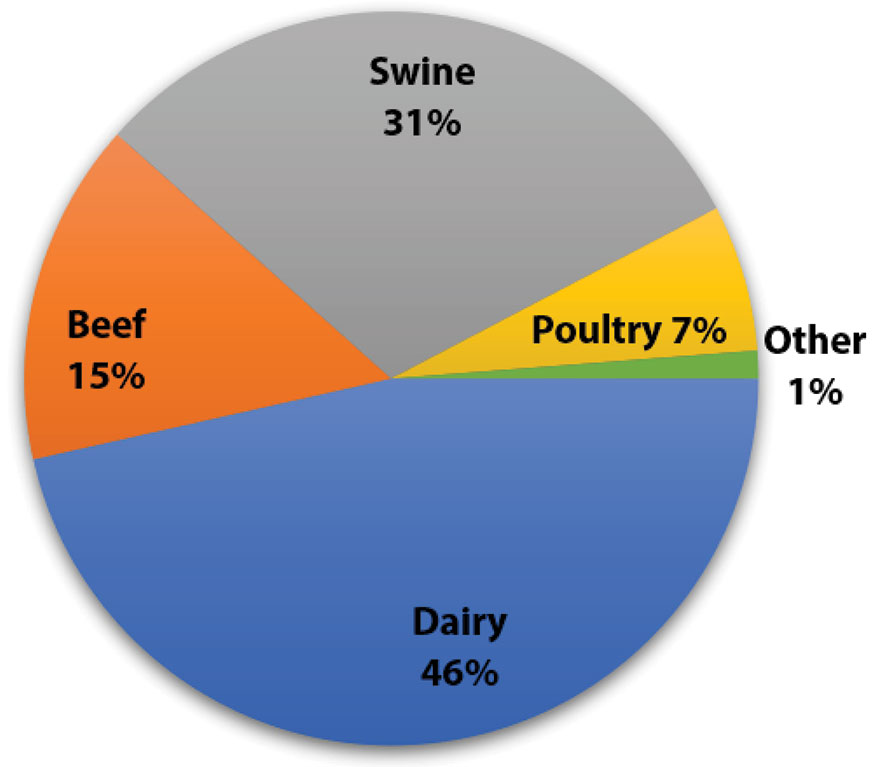



Agriculture And Greenhouse Gas Emissions G310 Mu Extension




Climate Change Atmospheric Carbon Dioxide Noaa Climate Gov




Climate Change Annual Greenhouse Gas Index Noaa Climate Gov



Chapter 7 The Greenhouse Effect




Interactive What Is The Climate Impact Of Eating Meat And Dairy Carbon Brief
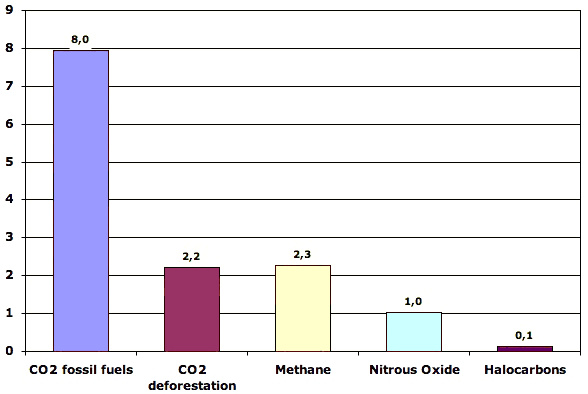



What Gases Are Greenhouse Gases Jean Marc Jancovici




Carbon Dioxide Methane Nitrous Oxide And The Greenhouse Effect Conservation In A Changing Climate



Untitled Document




Overview Of Greenhouse Gases Us Epa
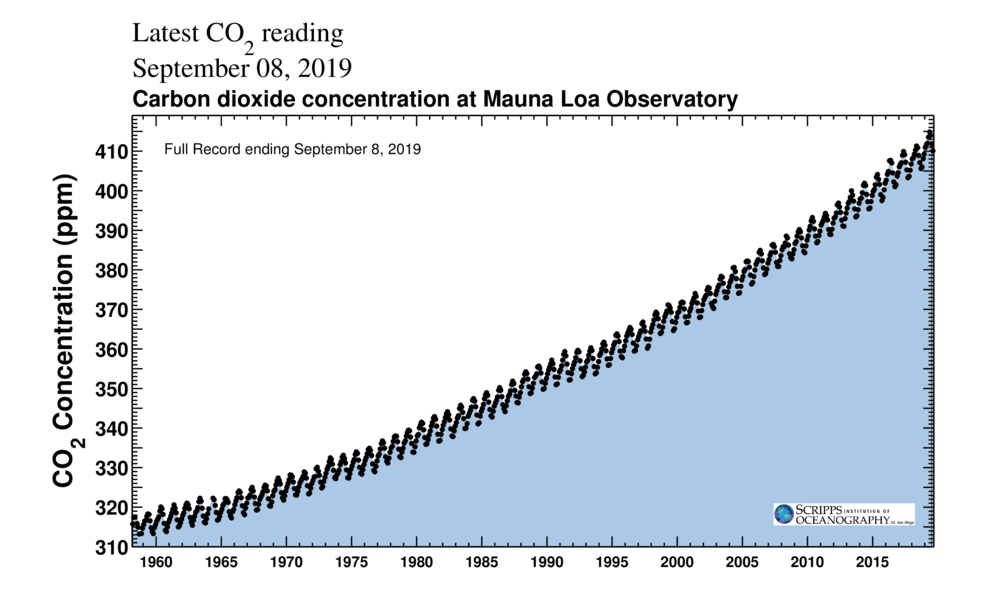



Co2 Makes Up Just 0 04 Of Earth S Atmosphere Here S Why Its Impact Is So Massive




Greenhouse Gas Wikipedia




Removing Harmful Greenhouse Gases From The Air Using Energy From Plants Frontiers For Young Minds



Economic Approaches To Greenhouse Warming
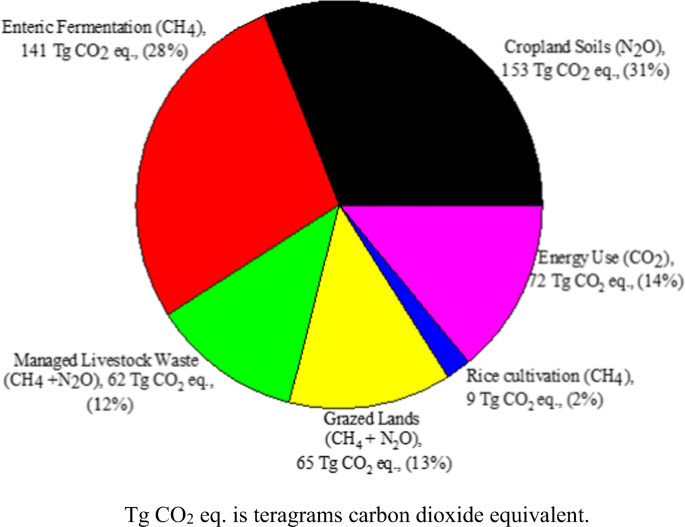



Greenhouse Mitigation Strategies For Agronomic And Grazing Lands Of The Us Southern Great Plains Springerlink




Greenhouse Gas Emissions By Country And Sector Infographic News European Parliament




Interactive What Is The Climate Impact Of Eating Meat And Dairy Carbon Brief
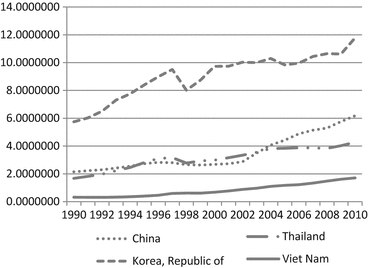



Potential Of Low Carbon Development In Vietnam From Practices To Legal Framework Springerlink




Questions And Answers Ozone Secretariat




What S In The Air Ucar Center For Science Education




Global Warming Causes Of Global Warming Britannica



Q Tbn And9gcqob5akx 2xithdb3seiv5jyef5ryrbg3xvzguy4p57lypo5m0p Usqp Cau



State Of The Climate Bureau Of Meteorology




Percentage Of Greenhouse Gases In The Atmosphere Download Scientific Diagram




Greenhouse Gas Wikipedia



Www Pbl Nl Sites Default Files Downloads Pbl Trends In Global Co2 And Total Greenhouse Gas Emissions 19 Report 4068 Pdf




Global Emissions Center For Climate And Energy Solutions



Greenhouse Gas Emissions Our World In Data




Greenhouse Gas Emissions By Country And Sector Infographic News European Parliament
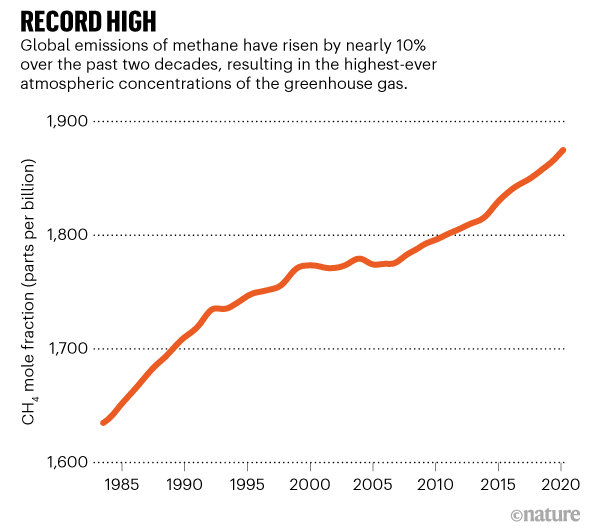



Global Methane Levels Soar To Record High
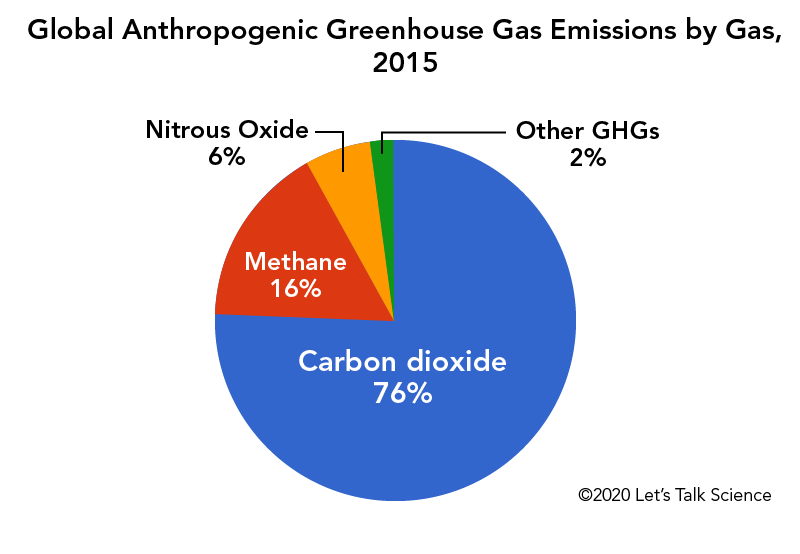



Cows Methane And Climate Change Let S Talk Science
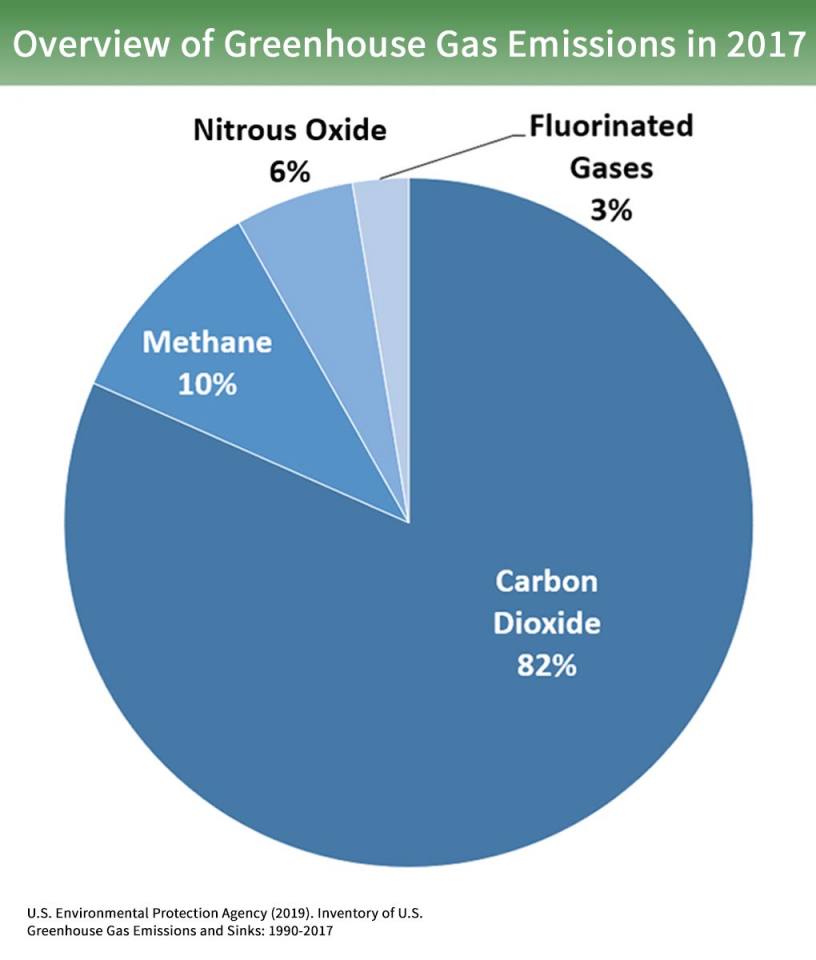



The Greenhouse Effect British Geological Survey




Overview Of Greenhouse Gases Us Epa




Global Warming Radiative Forcing Britannica




Carbon Dioxide Methane Nitrous Oxide And The Greenhouse Effect Conservation In A Changing Climate
.png)



Fact Sheet The Growth In Greenhouse Gas Emissions From Commercial Aviation White Papers Eesi




Greenhouse Gases Copernicus
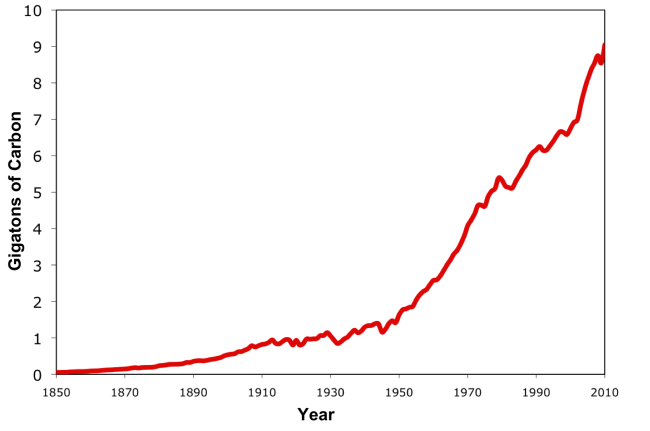



Noaa Esrl Global Monitoring Laboratory




Overview Of Greenhouse Gases Us Epa



Www Pbl Nl Sites Default Files Downloads Pbl Trends In Global Co2 And Total Greenhouse Gas Emissions Report 4331 Pdf
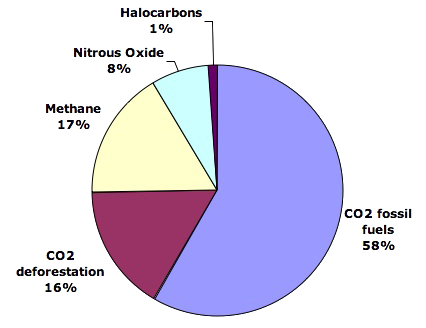



What Gases Are Greenhouse Gases Jean Marc Jancovici




Composition Of Atmosphere Qs Study
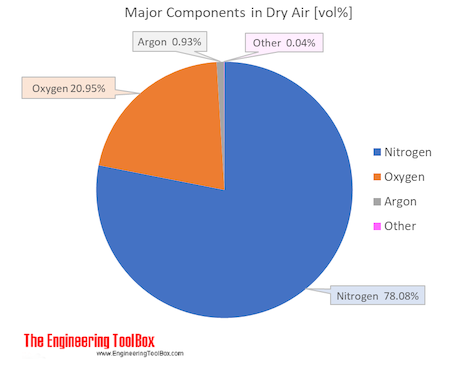



Air Composition And Molecular Weight




Greenhouse Effect Global Warming Carbon Sequestration Pmf Ias




Greenhouse Gas Concentrations In Atmosphere Reach Yet Another High World Meteorological Organization




Global Greenhouse Gas Emissions Data Us Epa



Www Pbl Nl Sites Default Files Downloads Pbl Trends In Global Co2 And Total Greenhouse Gas Emissions 19 Report 4068 Pdf
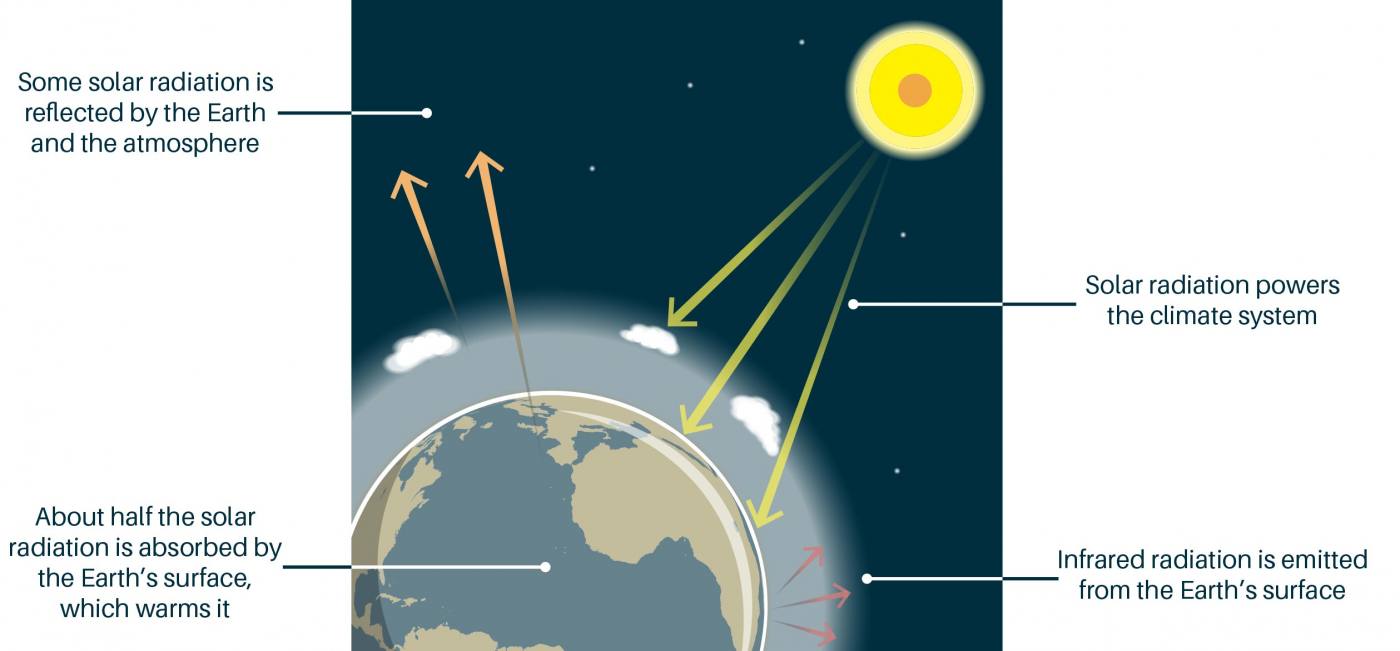



The Greenhouse Effect British Geological Survey




Greenhouse Gases Factsheet Center For Sustainable Systems



Greenhouse Gases And Temperature



Www Pbl Nl Sites Default Files Downloads Pbl Trends In Global Co2 And Total Greenhouse Gas Emissions Report 4331 Pdf



Greenhouse Gas Emissions Our World In Data
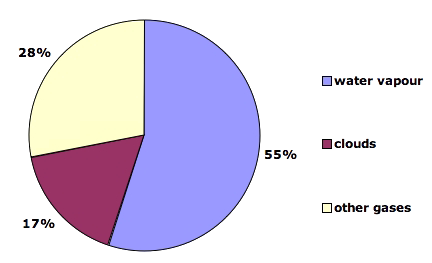



What Gases Are Greenhouse Gases Jean Marc Jancovici




Greenhouse Gas Emissions Wikipedia




Greenhouse Gas Emissions



0 件のコメント:
コメントを投稿